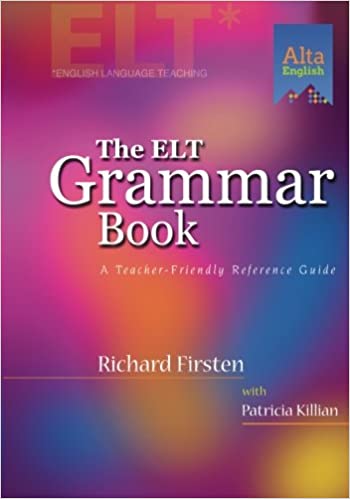A noun of measurement is a noun that describes a unit of measurement or a quantity of something.
In either English or your native language, you probably use nouns of measurement all the time. You may tell your teacher that you have a number of questions. In this case “a number” is a noun phrase of measurement used to describe the quantity of questions you have. Or you may go grocery shopping for food that costs a certain amount of money per pound or kilogram. In that situation, you might want to measure the weight of the food on a supermarket scale. Here, “weight” is a noun of measurement that describes the amount of food you’ll pay for.
In the examples above, you can see that “number” is a noun of measurement that can really only be used to describe countable nouns. If the quantity of something can be described in specific numbers such as 1, 2, 3, etc…. then it must be something that can be counted, right?
Other numerical nouns of measurement also are exclusive to countable nouns—you can buy a dozen eggs, but you can’t use the word “dozen” to refer to the amount of water in a bottle. And you can talk about a group of animals, but you can’t describe a “group” of air.
Similarly, there are nouns of measurement that almost always refer to certain types of non-countable nouns. As seen above, you talk about the weight of non-countable things such as hamburger, sugar, etc…You can also talk about the length of a non-countable noun such as hair or fabric.
Words like weight and length can only refer to countable nouns in a very limited way. They can describe the characteristics of an in individual countable noun—you can talk about a gorilla with a weight of 500 pounds, or a pencil with a length of 16 centimeters. But you wouldn’t look at a group of gorillas and call it a “weight” of gorillas, or describe a box of pencils as a “length” of pencils.
Still, there are some other nouns of measurement that can easily describe either countable or non-countable nouns in the same way. There can be a quantity of apples or a quantity of apple juice. You can have a certain amount of cars or a certain amount of car fuel.
So far we’ve been looking at nouns of measurement that describe material things that can be touched and seen. But nouns of measurement can measure both material non-countable nouns and non-countable nouns that can’t actually be touched or seen.
One good example of this is the non-countable noun “volume.” While volume is most often a measurement of material things and the amount of space they take up, such as a bucket that can hold a volume of 3,000 square centimeters, volume also describes one non-countable noun. The non-material noun of sound can be measured by volume, too. A very loud sound has a higher volume than a quieter sound.
Other nouns of measurement pretty much only measure immaterial non-countable nouns. Intensity measures immaterial things such as pressure or heat. Comprehensibility measures the non-countable noun of language. (Language has more comprehensibility if it can be understood very well, less comprehensibility if it’s hard to understand.)
Understanding exactly which noun is being modified by an additional noun of measurement is a powerful TOEFL skill. It can help you understand which important nouns from a reading passage or lecture are being referred to and described in a given sentence. Let’s look at an example where this can come in handy. Here are two sentences taken from a Magoosh TOEFL Premium Reading passage (consider this to be a tiny free preview):
One must be careful not to come too close to the most powerful of cicadas, whose sound, if heard from just outside the human ear, is known to cause long-term or irreversible physical damage. That intense volume is paired with an uncanny ability to maintain the signature song.
Here, you could easily get confused about what volume is describing. The first sentence has so many different nouns in it! It could be hard to guess whether “volume” refers to the cicadas, or to their sound, or to the physical damage their sound can sometimes cause.
But if you understand nouns of measurement well, you can recognize that volume only refers to non-countable nouns that are material, and sound. Cicadas are countable, and damage is non-countable and non-material. Although damage has an effect on physical objects, damage itself has no specific, clearly defined physical features. So you can know that volume must refer only to the sound of the cicada, and you can easily understand the meaning of a passage that might otherwise be very hard.
Understanding nouns of measurement what they can refer to is an important language ability to have. In my next post on this subject, we’ll do some activities that help you master this valuable skill.






Leave a Reply